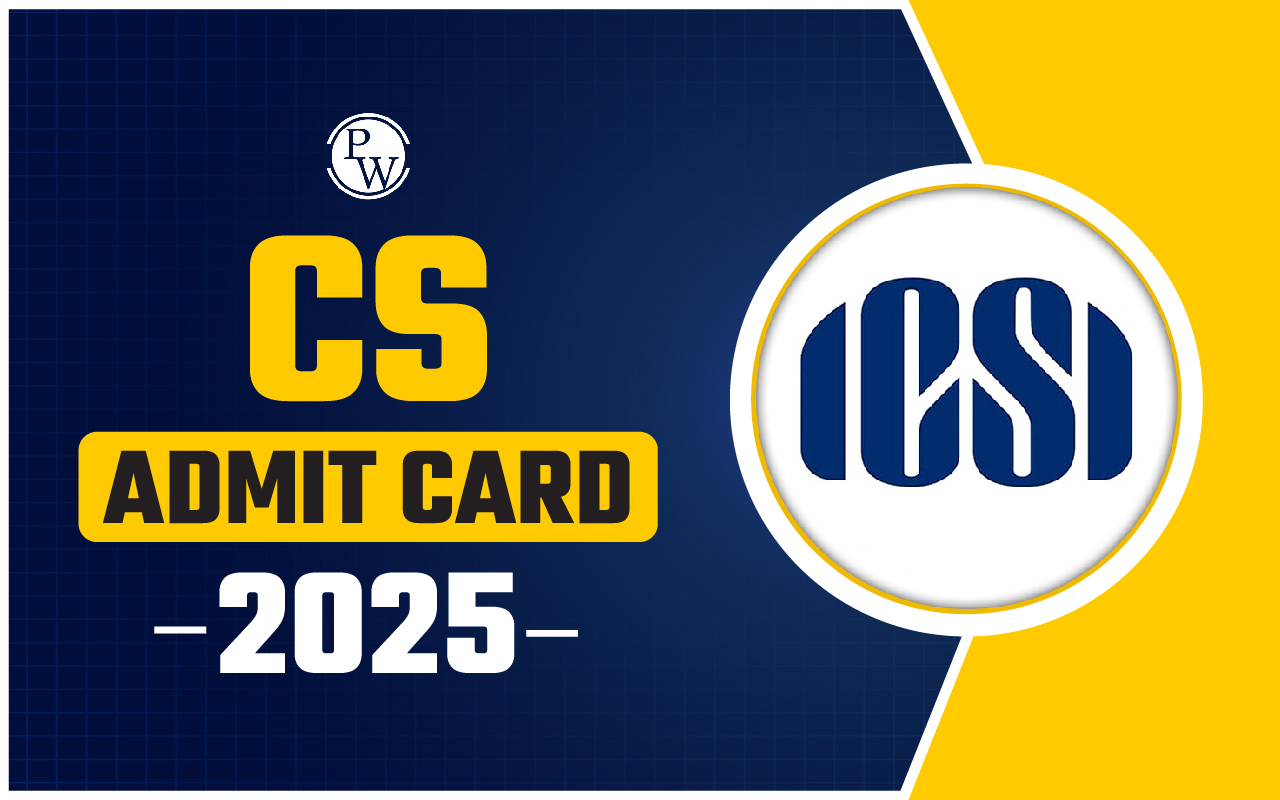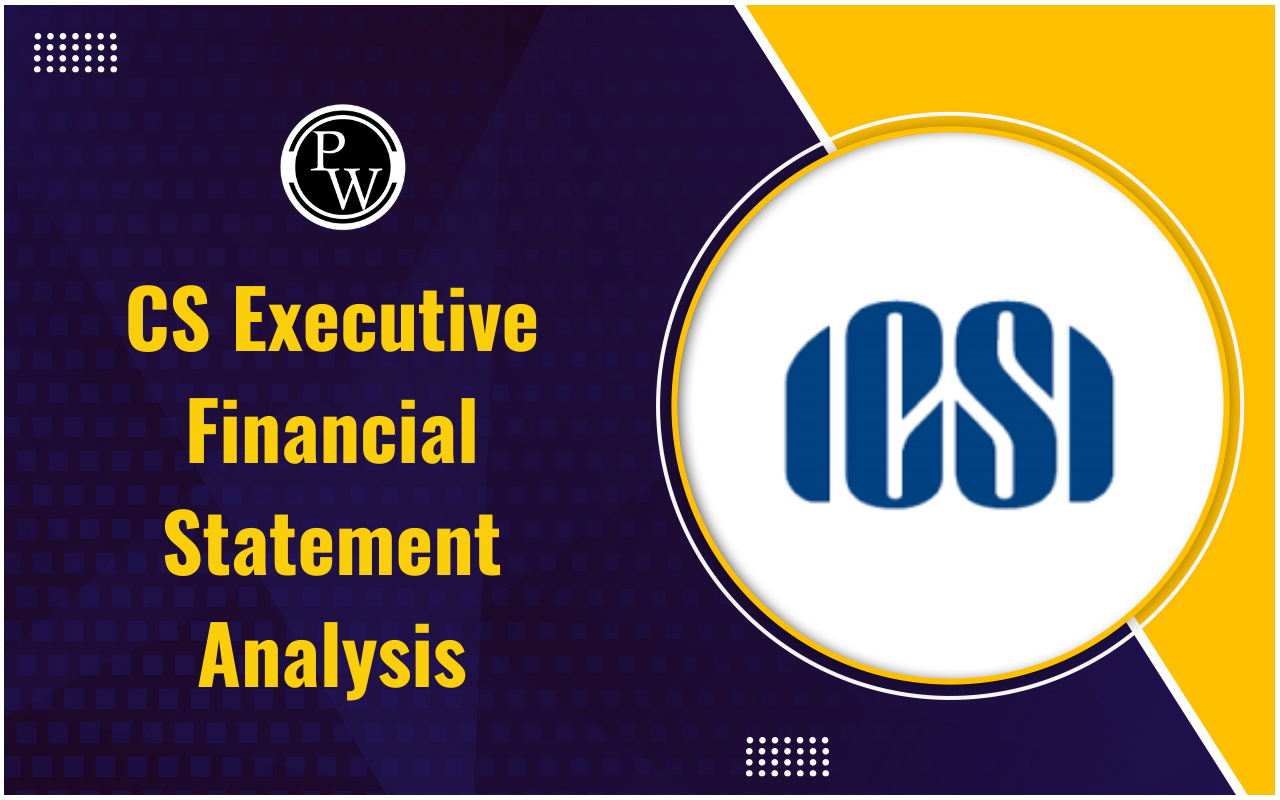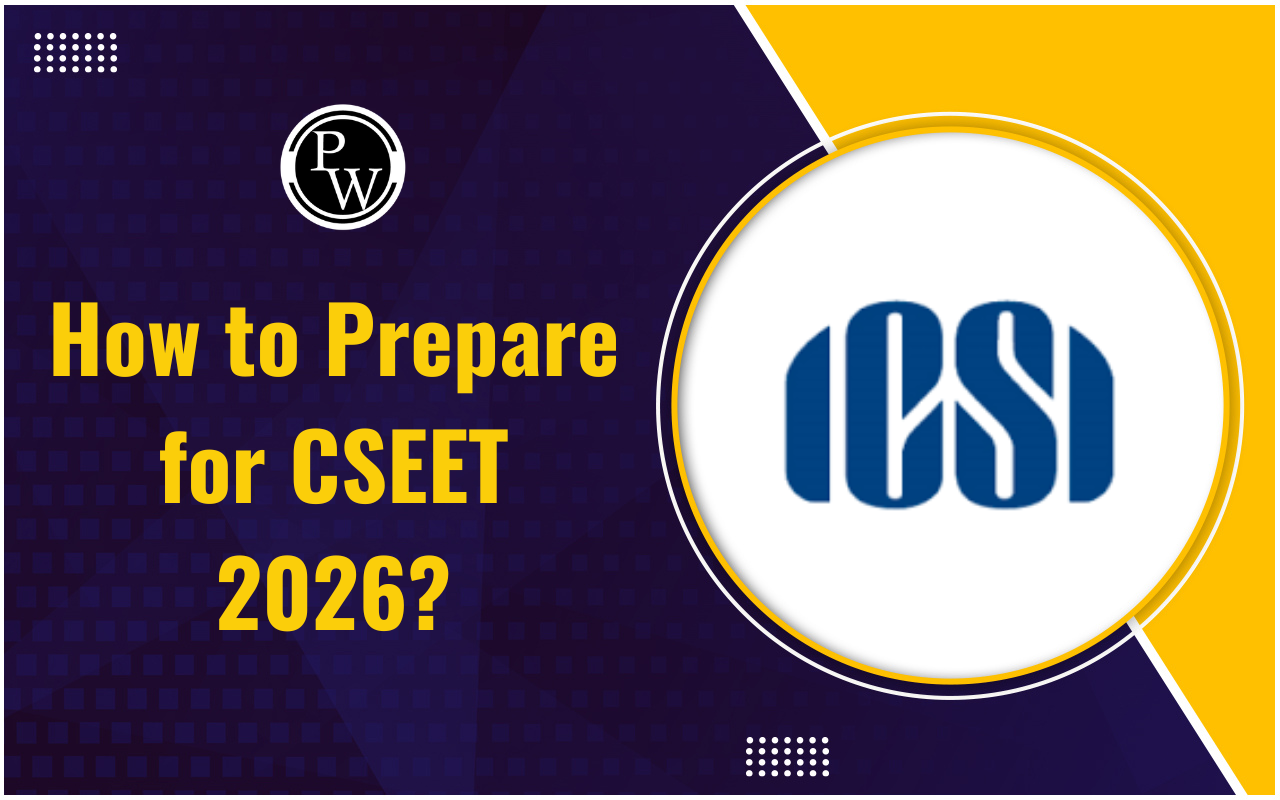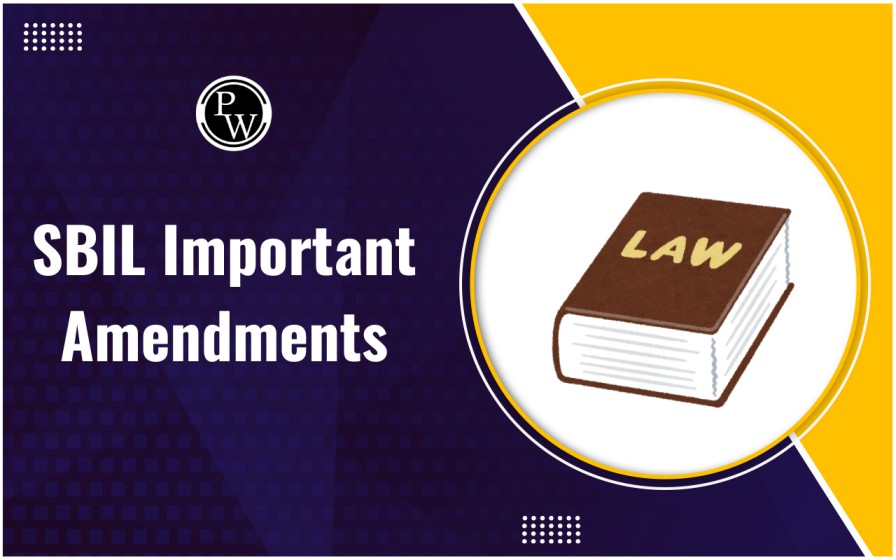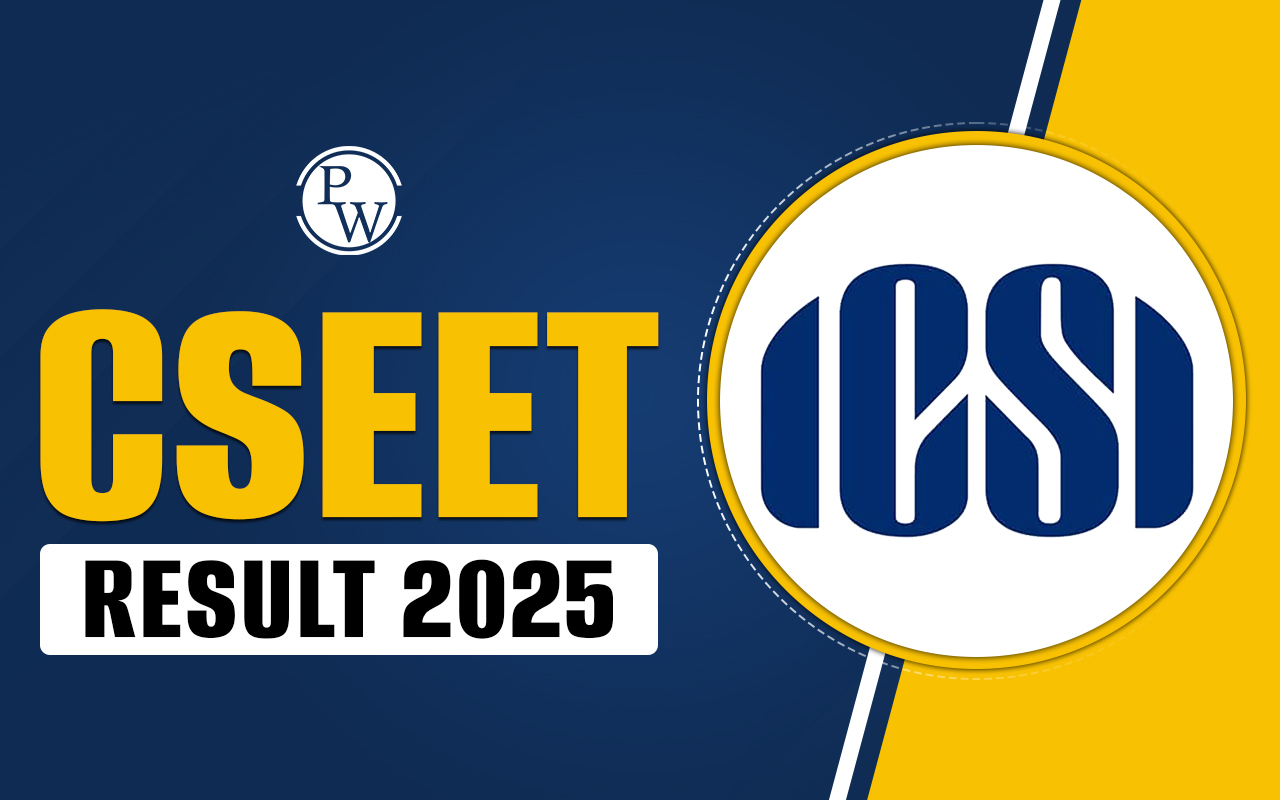
Introduction to Accounting: Accounting is like the foundation of a building for businesses. It gives people important details about how well a business is doing financially. Whether you're learning about it, starting your own business, or already working in the field, knowing about accounting is important.
In this blog, we'll talk about what accounting is all about for CS Exams , the key differences between bookkeeping and accounting, and the two main systems used in accounting: single entry and double entry. We'll also cover different accounting ideas, types of accounts, and the basic rules to follow in accounting.What Is Accounting?
Accounting is the systematic process of recording, classifying, summarizing, analyzing, and interpreting financial transactions of a business. It helps in understanding how a business is performing and assists stakeholders in making informed decisions. For CS students, understanding accounting is crucial as it forms the foundation of corporate financial compliance and reporting.
Attributes of Accounting
Accounting is characterized by several key attributes:- Recording: Accounting involves the systematic recording of financial transactions. This is the foundational attribute, ensuring that all monetary transactions are noted in a timely and accurate manner.
- Classifying: Once recorded, transactions are classified into different categories. This might involve sorting them into various accounts such as revenue, expenses, assets, and liabilities.
- Summarizing: Accounting summarizes financial data into useful reports and statements, such as income statements, balance sheets, and cash flow statements, which provide an overview of the financial activities over a specific period.
- Analyzing: Beyond just recording and summarizing, accounting also involves analyzing this data to understand the financial health of the business.
- Interpreting: The final attribute is the interpretation of the data to help stakeholders make informed decisions.
Bookkeeping vs. Accounting
While often used interchangeably, bookkeeping and accounting are distinct processes:- Bookkeeping is like the recording secretary of a business. Its main job is to write down every financial transaction that happens, making sure they're all organized neatly.
- Accounting, on the other hand, is like the manager. It's not just about recording transactions; it's also about sorting them into categories, summarizing them, analyzing what they mean for the business, and explaining them to others. This includes not only keeping records but also making financial statements and reports.
Also Check: Interpretation of Statutes for CS Executive
Single Entry vs. Double Entry System
In the single-entry system, you only make one record for each transaction, like noting down if it's money coming in or going out, or if it's something you own or owe. It's simple, but it doesn't give as much detail and can lead to mistakes or even fraud. Now, in the double entry system, you make two records for each transaction—one showing where the money comes from (debit) and the other showing where it goes (credit). This system gives a fuller picture of what's happening financially, following the rule that what you own equals what you owe plus what's left for you. It's more accurate and helps catch mistakes.Accounting Concepts
7 fundamental concepts underpin accounting practices:- Accruals Concept: This concept states that transactions should be recorded when they occur, regardless of when the cash is exchanged. It ensures that revenues and expenses are recognized in the period in which they are earned or incurred, not necessarily when the cash is received or paid.
- Conservatism Concept: Also known as the principle of prudence, this concept suggests that when there are multiple acceptable accounting methods, the one that will be least likely to overstate assets or income should be chosen. In other words, it's better to err on the side of caution and anticipate losses rather than gains.
- Consistency Concept: This principle states that once a company chooses an accounting method or principle, it should continue using it consistently in the future. This ensures comparability between financial statements from different periods.
- Economic Entity Concept: According to this concept, the finances of a business should be kept separate from the personal finances of its owners or any other business entities. It means that the activities of the entity should be accounted for separately from those of its owners or other entities.
- Going Concern Concept: This concept assumes that a business will continue to operate indefinitely unless there is evidence to the contrary. It underpins the preparation of financial statements, assuming that the company will remain in operation for the foreseeable future and won't be liquidated.
- Matching Concept: This concept states that expenses should be recognized in the same period as the revenues they help to generate. In other words, costs should be matched with the revenues they helped to produce.
- Materiality Concept: This concept suggests that only significant or material items need to be reported in financial statements. Immaterial items can be disregarded for the sake of efficiency and relevance.
Types of Accounts and the Golden Rule of Accounting
There are three main types of accounts:- Real Accounts: Concerned with assets and liabilities.
- Personal Accounts: Related to individuals, companies, and other entities.
- Nominal Accounts: Deal with income, expenses, gains, and losses.
- Real Account: Debit what comes in, Credit what goes out.
- Personal Account: Debit the receiver, Credit the giver.
- Nominal Account: Debit all expenses and losses, Credit all incomes and gains.
Basic Accounting Terms
Check the basic accounting terms in the table below:
| Basic Accounting Terms | |
| Transaction | Example:- Rohan went to a bookstore and bought a book for ₹10. He paid for it using his debit card. This is a transaction because it involves the exchange of money |
| Event | Example:- The company received a shipment of inventory worth ₹5,000. This event involves an increase in the company's assets (inventory) and can affect its financial position. |
| Goods/Services | Example:- A bakery sells tangible goods like bread and cakes to customers. In contrast, a consulting firm provides intangible services, offering advice and guidance to clients. |
| Capital Expenditure | Example:- A company buys a ₹30,000 delivery truck to expand its services. This is a capital expenditure since the truck, as a fixed asset, is meant for long-term use to boost business profits. |
| Revenue Expenditure | Example:- A company spends ₹2,000 on machinery repairs for operational efficiency. This is a revenue expenditure as it's for maintaining machinery's current performance and benefits are expected within the same accounting period. |
| Profit and Loss Account or Income Statement | Example:- At year-end, a company summarizes its revenue, expenses, and calculates net profit or loss. For instance, it might report a ₹50,000 net profit after deducting all expenses from revenue. |
| Profit | Example:- A lemonade stand earns ₹100 from selling lemonade during the summer. After subtracting expenses such as the cost of lemons, sugar, and cups, totalling ₹40, the lemonade stand has a profit of ₹60 (₹100 - ₹40). |
| Loss | Example:- A small business spends ₹500 on advertising but only generates ₹300 in revenue from sales. In this case, the business has incurred a loss of ₹200 (₹300 - ₹500). |
| Trade Discount | Example:- A retailer buys 20 pairs of shoes at ₹100 each from a wholesaler, who offers a 10% trade discount. Instead of ₹2,000, the retailer records the transaction at ₹1,800 after the discount. They pay ₹1,800 to the wholesaler. |
| Cash Discount | Example:- A customer buys ₹1,000 worth of goods with a 10% trade discount, reducing it to ₹900. If paid within 10 days, they get an extra 5% cash discount, saving ₹45 (5% of ₹900). Thus, they pay a net amount of ₹855 after both discounts. |
| Balance Sheet | Example:- At year-end, a company's balance sheet summarizes its financialstatus. It lists assets like cash, liabilities such as loans, and owner's equity. For instance, assets total ₹100,000, liabilities ₹60,000, and owner's equity ₹40,000, showing the company's financial position. |
| Asset | Example:- A company's fleet of delivery trucks is a tangible asset used for transporting goods to customers, contributing to future profits through delivery services. |
| Tangible Assets | Example:- A manufacturing company owns a factory building where production takes place, machinery used for manufacturing, and vehicles for transporting goods. These assets have physical existence and can be seen, touched, and felt. |
| Intangible Assets | Example:- A software company owns patents and trademarks, intangible assets with no physical form. These assets grant exclusive rights and benefits, aiding future revenue generation. |
| Current Assets | Example:- A retail company's inventory, including clothing and electronics, is intended for sale within 12 months after the reporting date. These items are current assets on the balance sheet. |
| Non-Current Assets | Example:- A construction company owns heavy machinery like excavators and bulldozers for long-term projects, not for near-future sale. These assets are classified as non-current assets on the balance sheet. |
| Current Investments | Example:- A company purchases shares of a mutual fund for short-term gains, intending to sell them within a year. These are current investments, easily sellable within a year. |
| Non-Current Investments: | Example:- A company invests in 10-year treasury bonds, planning to hold them for over a year. These are non-current investments, kept for potential future sale. |
| Debtor | Example:- A furniture store sells ₹1,000 worth of furniture to a customer on credit. The amount owed by the customer to the store becomes a debtor. |
| Fictitious Assets | Example:- A company records a provision for discounts to be given to creditors. This entry represents an expected future expense rather than a tangible asset. Since it's not a real asset but only an accounting entry, it's classified as a fictitious asset. |
| Wasting Assets | Example:- A mining company owns a coal mine. Over time, as coal is extracted, the mine's value decreases until it's exhausted. The coal mine is a wasting asset as its value diminishes with extraction. |
| Liability | Example:- A company buys goods worth ₹5,000 on credit. This creates an obligation to pay the supplier ₹5,000 in the future, making it a liability. |
| Current Liabilities | Example:- A company owes ₹10,000 to suppliersfor inventory purchased on credit, due for payment within the next month. This is a current liability as it needs to be settled within 12 months after the reporting date. |
| Non-Current Liabilities | Example:- A company takes out a loan with a repayment period of 5 years. This loan is classified as a non-current liability because it's not due for settlement within the next 12 months after the reporting date. |
| Contingent Liability | Example:- If a supplier files a legalsuit against a business, the potential obligation to pay damages would be considered a contingent liability until the outcome of the lawsuit is determined. |
| Capital | Example:- John invests ₹50,000 of his own savings into starting a new bakery business. This ₹50,000 represents John's capital in the business. |
| Drawings | Example:- Sarah withdraws ₹500 from the cash register of her business to pay her personal bills. This withdrawal is her drawings, reducing her capital in the business. |
| Net worth | Example:- A company's net worth is ₹100,000, derived from subtracting itstotal liabilities (₹50,000) from its total assets (₹150,000). |
| Creditor | Example:- A company owes ₹10,000 to a supplier for goods bought on credit. The supplier is a creditor, listed as a current liability on the balance sheet. |
Accounting serves as the language of business. For CS aspirants, having a solid grasp of basic accounting principles not only aids in academic success but also enhances practical understanding of corporate compliance. By learning the core concepts, types of accounts, systems, and common terms, you're laying a strong foundation for your journey in corporate governance and financial administration.
Join PW CS Online Courses and build a strong foundation in corporate laws and governance with structured learning and dedicated support.
| Also Check: | |
| Law relating to Limitation | Law relating to Evidence |
| Law relating to Civil Procedure | Law of Torts |
| Constitution of India | Administrative Law |
Introduction to Accounting FAQs
What is the difference between bookkeeping and accounting?
What are the two main systems used in accounting?
What are the seven fundamental concepts underlying accounting practices?
What are the three main types of accounts, and what are their golden rules?
What are some basic accounting terms and their examples?


